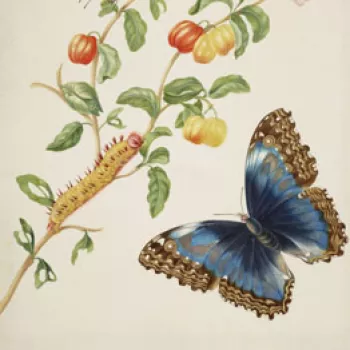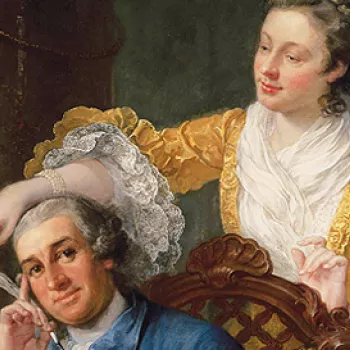A Natural history of English insects 1749
RCIN 1057018
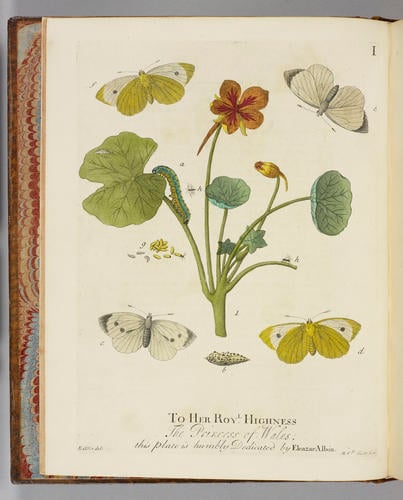
Eleazar Albin (c. 1680- c. 1742)
A Natural history of English insects / by Eleazar Albin 1749
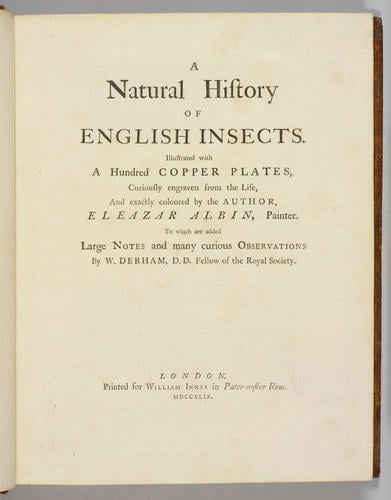
Eleazar Albin (c. 1680- c. 1742)
A Natural history of English insects / by Eleazar Albin 1749
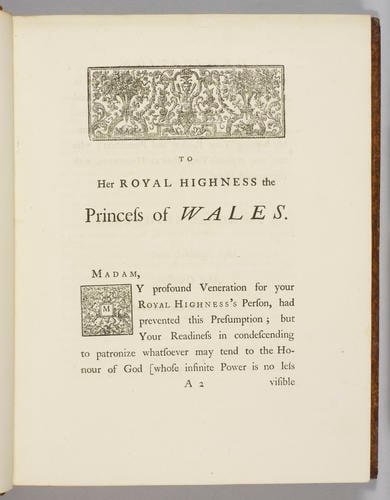
Eleazar Albin (c. 1680- c. 1742)
A Natural history of English insects / by Eleazar Albin 1749

Eleazar Albin (c. 1680- c. 1742)
A Natural history of English insects / by Eleazar Albin 1749
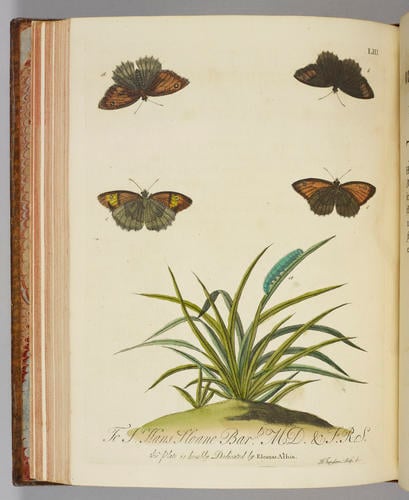
Eleazar Albin (c. 1680- c. 1742)
A Natural history of English insects / by Eleazar Albin 1749
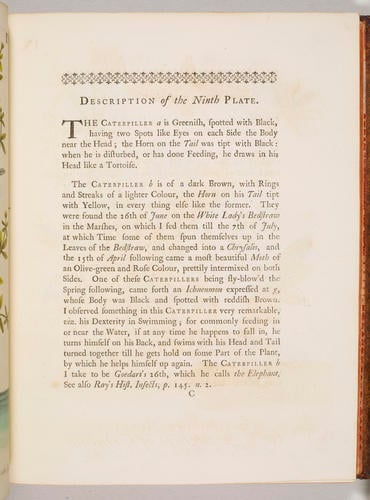
Eleazar Albin (c. 1680- c. 1742)
A Natural history of English insects / by Eleazar Albin 1749
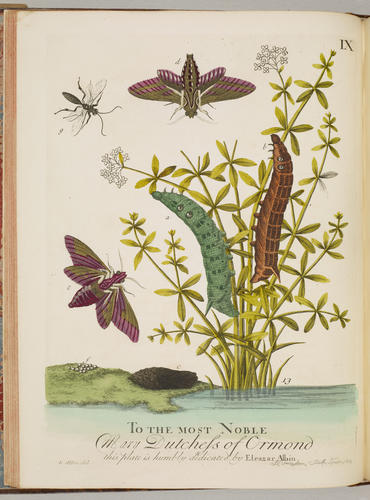
Eleazar Albin (c. 1680- c. 1742)
A Natural history of English insects / by Eleazar Albin 1749







-
Like Merian, Eleazar Albin was both a naturalist and an artist, and based his Natural History of English Insects on careful observation. The influence of Merian’s approach on Albin’s work is clear, with insects depicted in various life-stages, feeding on plants.
Little is known of Albin’s early life, though he was probably born in Germany to a family named Weiss. By 1708 he had changed his surname to Albin and was living in London with his family. His profession of art teacher led him to the close observation of the natural world, reinforced by painting work which he undertook for the naturalist Joseph Dandridge (1665–1747), who collected insects and observed their metamorphosis from egg to fly. He also drew natural-history subjects for Sir Hans Sloane, before gaining the patronage of the Dowager Duchess of Beaufort, who encouraged him to compose the present work. An advertisement went out in about 1713 entitled 'Proposals for Printing by subscription a natural history of English insects', but the first edition did not materialise until 1720, owing chiefly to the early death of the Dowager Beaufort and the slow rate of subscriptions. Albin prided himself on his visual accuracy, stating in his introduction that his drawings were copied after life, unlike those of other illustrators, who "either did not look often enough at their Pattern, or affected to make the Picture outdo Nature". The work was published with black and white copper plates, which could be coloured on request by the author. His description of the cabbage white includes all stages of its life cycle, from caterpillar via chrysalis to butterfly, what they like to eat, and how to control them. Albin’s publication was supported by his circle of patrons and colleagues – members of the Beaufort family, Joseph Dandridge and Hans Sloane – as well as by Caroline, Princess of Wales, to whom the work was dedicated. William Derham, the editor, was a Fellow of the Royal Society, and the first to measure the speed of sound with reasonable accuracy.
Text adapted from The First Georgians; Art and Monarchy 1714 - 1760, London, 2014Provenance
Dedicated to Caroline, Princess of Wales; acquired by 1780; in George III’s Cumberland Lodge Library
-
Creator(s)
(publisher)Acquirer(s)
-
Alternative title(s)
A Natural history of English insects / by Eleazar Albin.





